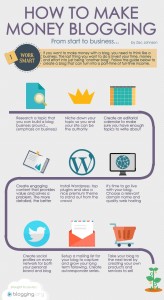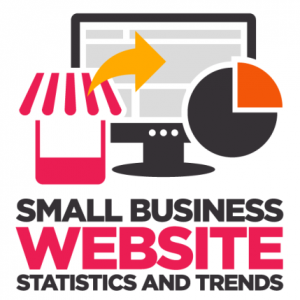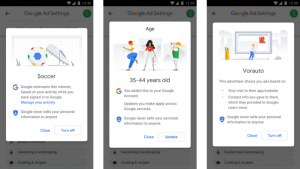Discover real-world approaches to adapt your marketing, from leveraging AI chatbots to content repurposing and upskilling teams.
The marketing technology landscape is rapidly evolving, driven by advancements in AI, personalization and an ever-increasing number of tools and platforms. While this constant innovation presents exciting opportunities, it also poses challenges for marketers to stay current, manage change effectively and operate at scale.
In this article, we explore five practical strategies to help modern marketing organizations adapt and thrive in this dynamic environment.
1. Actively learn from more ‘human’ customer engagement technology
Chatbots have been around since 1988 (wow!), but with AI, they’ve improved so much that many customers can’t tell the difference between AI and living reps. Being available 24/7 and never losing focus or their temper, they also gather, analyze and provide actionable data that can be used to improve customer experience.
Their ability to learn and interpret changes in customer queries is a rich source of testing data for your outbound marketing. Set up analysis dashboards for marketing insights and customer service resolution metrics.
2. Meaningfully mine and respect the data customers freely share
Customers provide personal information to companies all the time — including acquisition offer responses, purchase behaviors, product favorites, social shares and sentiments on user-generated content — all of which tell marketers how to sell to them.
Although freely provided, collecting the data these days is not enough. There needs to be reciprocal customer value through personalization or targeted discounts and insider offers. Marketers need predictive data that can be analyzed faster and is augmented with machine-learning computations and data visualization for faster decision-making.
Mastering the data complexity and keeping it near the edge to be utilized in real-time will support more effective omnichannel marketing, which relies on unification and continuity so that customers can transition between channels without degradation in personalization or experience.
3. Content repurposing tools will expand your circle of influence
Authentic content still reigns. Original research is how brands and martech vendors differentiate their thought leadership and demonstrate that their content is not AI-generated. However, creating content to meet the needs of various campaign channels and platforms is a challenge that technology can help you solve.
Tools for content and personalization like Optimizely and Interaction Studio, as well as tools for content creation from Canva to Gemini and ChatGPT, will help you repurpose long-form content into social posts, short videos and reels, micro-influencer outreach and infographic imagery.
More content in the market will help you learn faster and adapt your messaging and channel mix to best engage new and customer audiences.
4. Start to build an upskilled, collaborative team
One promise I’ve heard is that AI-based inbound lead management tools operated by a skilled marketing specialist can replace an entire inside sales team. For the overall marketing function and customer lifecycle, however, all this complexity is too much for any one person to manage and master, which makes professional development and cross-functional collaboration all the more essential.
Leaders must set clear direction and envision a customer-centric future, while managers must rally practitioners around learning, sharing and celebrating team efforts. The right skills and aptitude may not reside in those typically tapped for marketing automation and performance. Cast a wide net around the technology, commercial, product and customer relationship teams.
5. We are all operating on the cusp of transformational opportunity – embrace it
I know we are surrounded by AI hype, but it is true that traditional metrics of marketing success are being questioned, including the intrinsic value of creative work. I really like how Accenture presents the impact of generative AI in their 2024 technology trends report:
“GenAI… has become a driving force in making technology more intuitive, intelligent and accessible to all. Where AI once focused on automation and routine tasks, it’s now shifting to augmentation, changing how people approach work.”
I would add that it’s also changing how customers interact with brands and search engines and media — which is why marketers are so obsessed with understanding it.
I propose that all new ideas and technology promises be measured against the primary purpose of the marketing function:
To find and engage people whom the brand or product can truly help with a solution that makes their lives and businesses stronger, healthier, more robust or efficient, or safer.
Essentially, start with customer value and overlay it with your brand and company values: Will this technology, methodology and the campaign tests I’ve designed help our customers? If so, rock on. If not, re-think and adjust.
The post 5 practical marketing tactics to accommodate new technologies and AI appeared first on MarTech.
MarTech(6)





